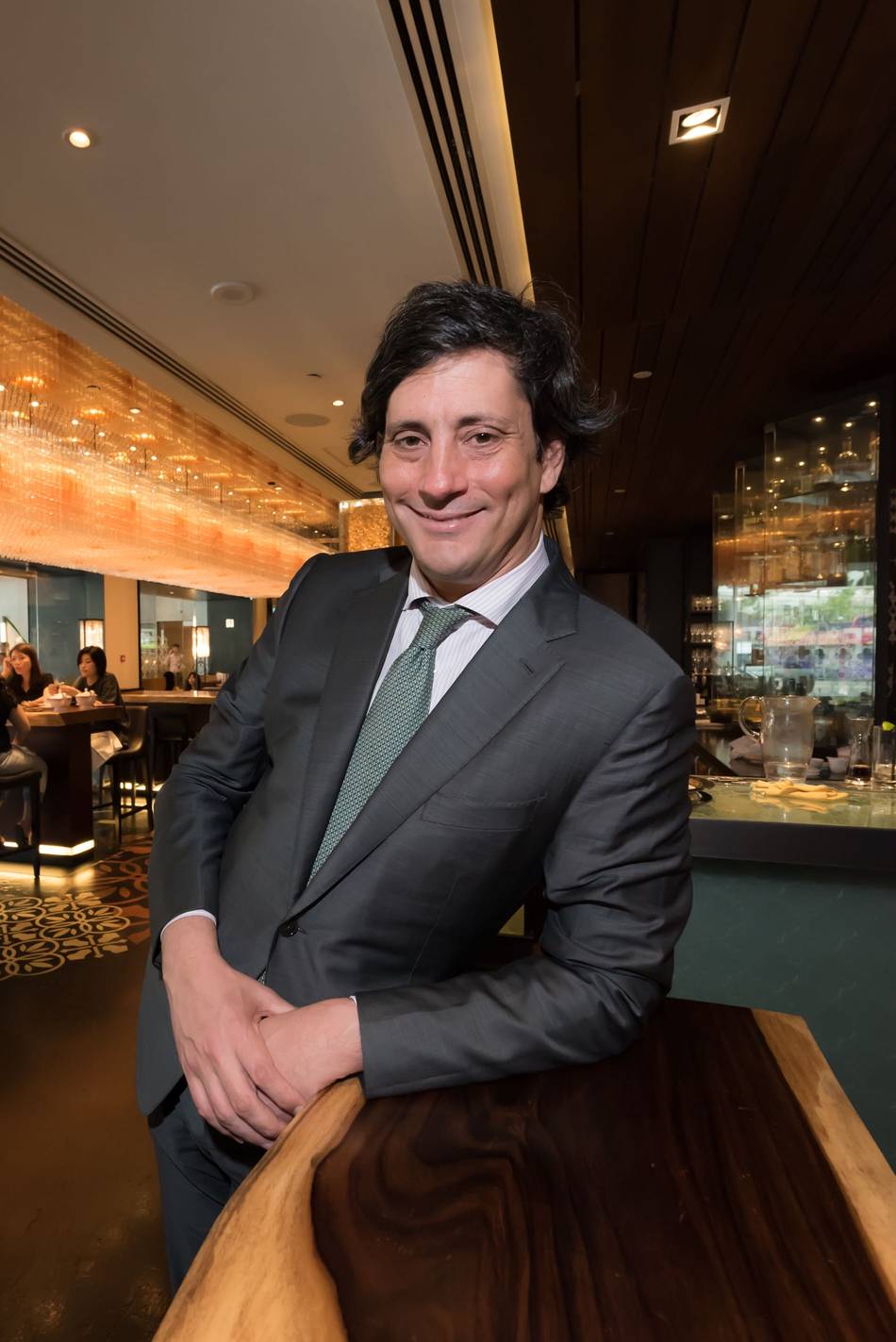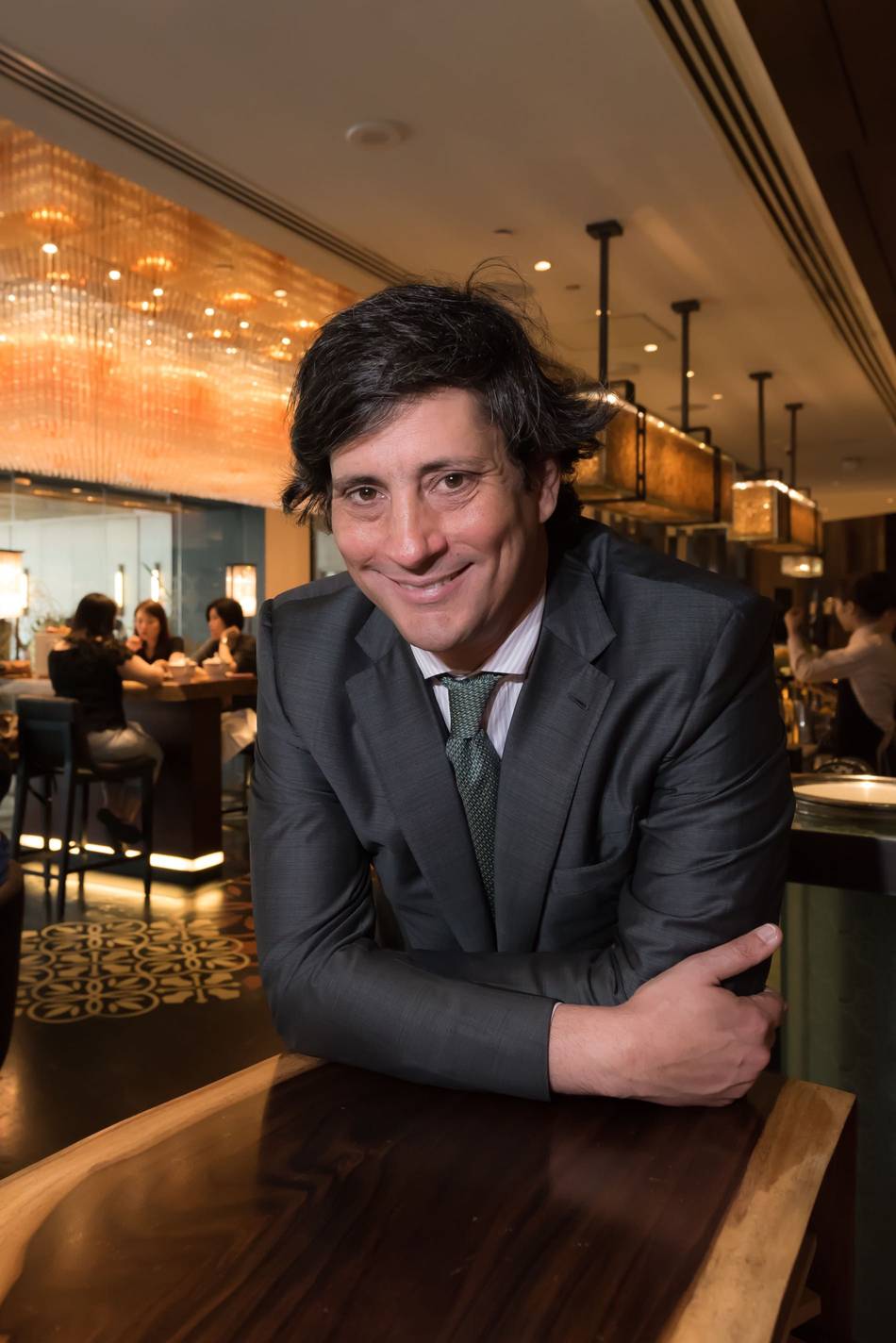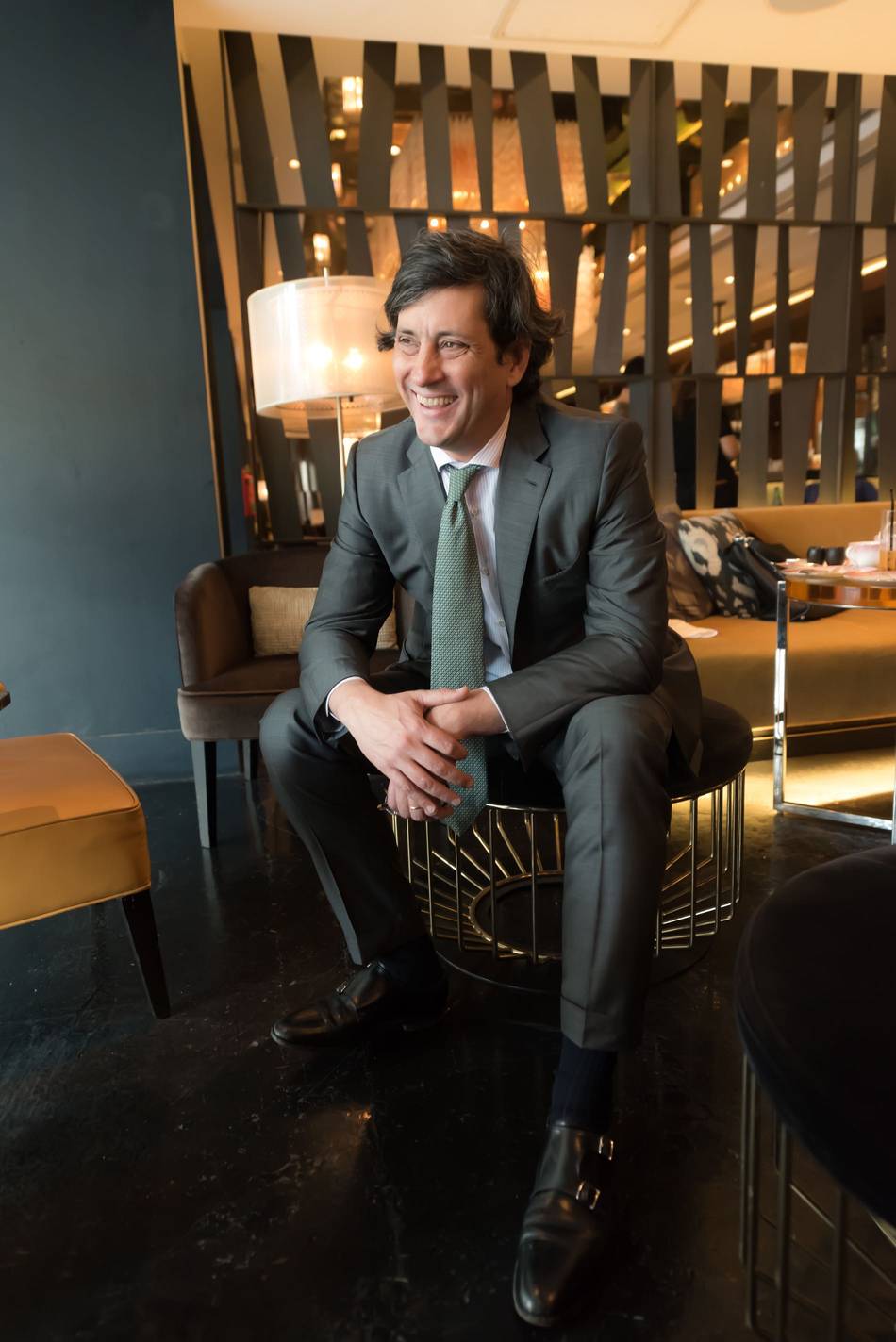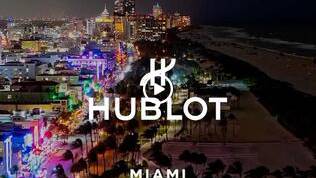Text by Kien Lee | Photos by William Lai
When Corum was acquired by China Haidian Holdings in April 2013, it marked the first time that a Swiss watchmaker with "haute horlogerie" distinction was sold to a Chinese company. This made waves, and retailers, fans and industry insiders mumbled about the possible "sinicization" of a Swiss marque.
Would the Chinese owners change the direction of the company? Would it re-define and corrupt the notion of "Swiss-made"? Would Corum's beloved timepieces become commoditised??
Perhaps on hindsight, these concerns were unfounded.
In 2000, 'Montres Corum Sàrl' was purchased by the late Severin Wunderman, who had died in 2008. Purchasing the company from the Severin Wunderman Group trust for CHF86 million, the Chinese company laid out bold plans to give the resources to help Corum strengthen its brand worldwide.
Shortly thereafter, Davide Traxler was appointed Chief Operating Officer in September 2015 to lead management in implementing global strategy and business operations for the brand founded in 1955 in La Chaux-de-Fonds in Switzerland. With more than 15 years of experience in luxury, first in Bulgari then in Chopard holding posts including Managing Director of Chopard Italy, Chopard USA, and Director of Licenses, the New York-born Swiss is a graduate in Political Science in Milan, stepped up to the challenge.
We speak to him following his first full fiscal year in charge of Corum.

You've been in the job for a year and a half now. How has the journey been so far?
We had very good growth. 38%, which is best-performing in the whole trade and the brand became profitable for the first time in ten years. That’s very good.
I would say the exercise had several big chapters to it. I would say the first chapter was listening to the market, understanding what the market perception of the brand was, what we had to correct and that was an exercise I did by traveling extensively through the year. I was in Singapore four times last year and same thing everywhere else, four times Malaysia, Hong Kong, the States.
I really tried to make sure we were listening to what the market says, and that includes product development where I share my ideas and I get feedback.
Listening means you don’t have to follow everyone's advice but it does mean that, thanks to everyone’s feedback, you come up with something that you feel comfortable with.
I spend time not only with the owners but often with the people who are selling the products. The retailers are speaking with the client everyday. In Malaysia, we often have cocktails with all the sales people from all the stores. And just listen.
It's been an ongoing experience.
The other part of it is being a 'cultural cushion.' You know we have Hong Kong shareholders and we are in La Chaux-de-Fonds.
And when you put these very two different mentalities and culture together, comprehension is not very easy. La Chaux-de-Fonds is very conservative, and our owners from mainland China have a completely different background and life experiences. The barrier is not a language barrier but a cultural barrier.
I was lucky in my life to travel 'right and left,' and so there’s one thing you learn is to shut up and listen. And when you learn to shut up and listen, then you also understand each person’s point of view.
So being a cultural cushion was important.
How would you describe the Corum owner/consumer?
The challenge and the strength of Corum is that it spreads into very different owners, and very different places.
The Bubble consumer is not necessarily a Bridge consumer. The Admiral consumer is more European-centered.
It makes it difficult to do target-marketing because you’re talking to a different consumer in a different country in a different line of product. But it gives you resilience because if a core market crumbles, you’re not depending on one market, and one line.
We see more and more how very successful brands who are very strong and very tight on one product… when the product slows down, it creates big trouble. There's always a silver lining, it’s difficult but also (speaks to) the strength of the brand to not have a single identifiable product and a single identifiable consumer, and so you have to adapt.

And that's what's appealing about Corum, isn't it?
I'd like to define Corum as 'Extraordinary Watches for Extraordinary People.’ The Coin Watch was worn by 4 different Presidents (of the United States). It was worn by someone as different as Richard Nixon to Andy Warhol in the same period.
Andy Warhol's watch we bought it back at an auction.
Elvis Presley wore a Corum watch, he wore the Buckingham. The King of Spain wears a Corum Admiral.
These are people you can’t buy. People who make their own choice and decide to wear a Corum because they like it. And that’s what I find incredible about the Corum is how many special people chose through the years to wear a Corum.
Has your job brought you to interesting places or occasions?
I had a meeting with a DJ, Steve Aoki in a discotheque and we came up with a collaboration on a Corum Bubble.
Then I had another meeting with a French rapper (Booba) at 2 o'clock in the morning, and at 4 o'clock he's in a fistfight.
This kind of experience is not the usual kind of experience for a CEO of a watchmaker. You’re usually in this very protected world of special refined manufacturing, and this is fun because this is where you listen to expressions of lifestyle and art that is so different that it can only open your horizons and open your minds. So that is also part of the job, keeping your mind very open.
These are interesting collaborations. How do they come about?
None of our partners are paid to be our partner. If they choose to be our partners, they co-design the watch with us and they receive royalties. They produce it with their creativity. It's very different from paying for someone to be our face. So they are part of the company with their artistic freedom.

The Bubble has really outperformed itself in the past year in the half. Tell us about this relaunch.
The Bubble is a very segmenting piece. You’ll have two retailers in the same city. One sells it very well and one doesn’t sell at all. You have one country where it moves well and another not at all.
We have huge success in Bangkok. We have some cities in Northern Italy where one retailer says 'I don’t even want to touch it' and the retailer next door is selling a few every day. We have our own subsidiary in Japan who didn't want to launch (the Bubble) and around the world, we're selling to Japanese! So it's so interesting to see that everything is do different about the Bubble. And how the perception of each person or retailer or consumer is completely different.
One thing you cannot do is write a rule on the Bubble. It's really out of all the rules.
My understanding of it is very limited. I think it's important to be humble. We all have this fixated idea about sizes, about this, about that, and it was Asia who requested a bigger Bubble. Who would have thought Asia would have requested a Bubble even bigger than a 47mm.
We have these ideas, these cages we're in. I think Bubble is something that breaks the bars of these cages and just lives its own life.
And you just let the magic happen.
Exactly.
What do you foresee in the coming year?
Geographically, I see growth from the United States, Japan and the Middle East. As far as product lines, I expect the ladies' round Golden Bridge to be a bestseller even though it’s selectively priced. In volume, of course the Bubble and the success will be the Big Bubble that we will be launching.
But what I like is, I am usually wrong. I expect one thing to happen and something that happens is the contrary. I can't wait to be surprised to see what happens!

















